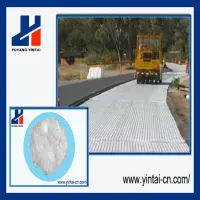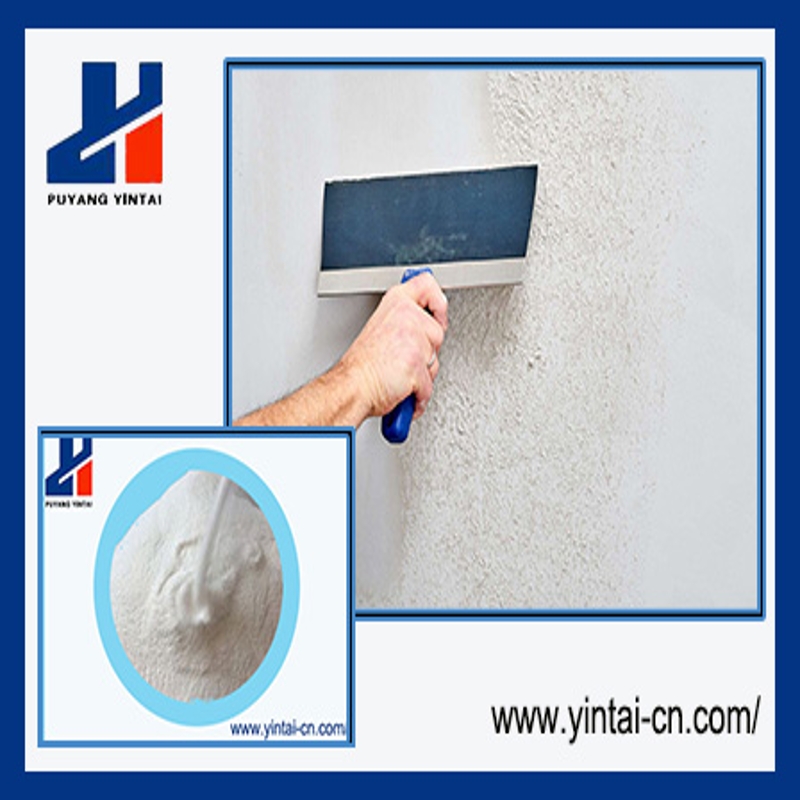-
Categories
-
Pharmaceutical Intermediates
-
Active Pharmaceutical Ingredients
-
Food Additives
- Industrial Coatings
- Agrochemicals
- Dyes and Pigments
- Surfactant
- Flavors and Fragrances
- Chemical Reagents
- Catalyst and Auxiliary
- Natural Products
- Inorganic Chemistry
-
Organic Chemistry
-
Biochemical Engineering
- Analytical Chemistry
- Cosmetic Ingredient
-
Pharmaceutical Intermediates
Promotion
ECHEMI Mall
Wholesale
Weekly Price
Exhibition
News
-
Trade Service
5.
Operation steps
(1) All operations of sample preparation should be protected from light
.
Weigh 100g fresh fruit and vegetable samples and draw 100ml.
20g/L oxalic acid solution, pour it into a masher to make a homogenate, take 10-40g of the homogenate (containing 1-2mg ascorbic acid ) into a 100mL volumetric flask, use 10g/L Dilute the L oxalic acid solution to the mark, mix well, and filter (the sample that is not easy to filter can be centrifuged in a centrifuge, and the supernatant is poured out and filtered), and the filtrate is ready for use
.
(2) Oxidation treatment Take 25 mL of the above filtrate, add 2 g of activated carbon, shake for 1 min, filter, and discard the first few milliliters of filtrate
.
Take 10.
(3) Color reaction
① Add 4 mL of the above sample diluent to each of the three test tubes
.
One test tube is used as a blank, add 1.
② Take it out after 3 hours and put all test tubes in ice water except for the blank tubes
.
After taking out the blank tube, let it cool to room temperature, then add 1.
(4) Sulfuric acid (9+1) treatment When the test tube is put into ice water, add 5mL sulfuric acid (9+1) to each test tube , and shake the test tube while adding it.
The dripping time takes at least 1 min
.
Take the test tube out of the ice water and place it at room temperature for 30 minutes before colorimetry
(5) Use a 1cm cuvette for colorimetry, adjust the zero point with a blank solution, and measure the absorbance at a wavelength of 520nm
.
(6) Drawing of standard curve
①Add 2g activated carbon to 50mL standard solution, shake for 1min, and filter
.
②Take 10mL of the filtrate into a 500mL volumetric flask, add 5.
0g of thiourea , and dilute to the mark with a 10g/L oxalic acid solution.
The ascorbic acid concentration is 20ug/mL
.
③Take 5, 10, 20, 25, 40, 50, 60 mL of diluent, put them into 7 100 mL volumetric flasks, and dilute to the mark with 10g/L thiourea solution, so that the concentration of ascorbic acid in the final diluent is 1 respectively , 2.
4, 5, 8, 10, 12ug/mL
.
④ Carry out the color reaction according to the sample determination step, form and compare the color
.
⑤ Draw a standard curve with absorbance as the ordinate and ascorbic acid concentration (ug/mL) as the abscissa
.
6.
Result calculation
(1) The content of vitamin C is calculated as follows:
Where x——the total ascorbic acid content in the sample, mg/100g
p——The concentration of total ascorbic acid in the "Sample Oxidation Solution" found from the standard curve or calculated from the regression equation, ug/mL
V——The constant volume of the sample with 10g/L oxalic acid solution, mL
F-the dilution factor during the oxidation treatment of the sample
m——the mass of the sample, g
The calculation result is expressed to two decimal places, and the absolute difference between the two independent measurement results obtained under repeatability conditions shall not exceed 10% of the arithmetic mean
.
(2) Compare the content of vitamin C in different fruits and vegetables
.
7.
Tips
(1) The oxidation of ascorbic acid by activated carbon is based on the interfacial reaction of oxygen adsorbed on its surface.
If the amount added is too low, the oxidation is insufficient, and the measurement result is low; if the amount is too high, ascorbic acid has an adsorption effect and the result is also partial.
Low
.
(2) Activated carbon needs to be pickled and washed before use to remove iron ions
.
Treatment method: add 100g activated carbon to 750mL 1mol/L hydrochloric acid , reflux for 1~2h, filter, wash several times with water until there is no iron ions (Fe3+) in the filtrate, and then place it in an oven at 110℃ to dry for later use
.
Test method for iron ions: use the Prussian blue reaction
.
Mix 20g/L potassium ferrocyanide and 1% hydrochloric acid in equal amounts, and drop the above-mentioned washed filtrate into it.
(3) Due to the instability of vitamin C itself, the measurement results of many methods have large errors
.
The addition of thiourea in this method can prevent the continued oxidation of ascorbic acid and promote the formation of peptone
(4) When adding sulfuric acid (9+1) to dissolve the tube, shake the test tube while adding dropwise to prevent carbonization of the sugar components in the sample to blacken the solution and affect the measurement of absorbance
(5) After the test tube is taken out of the ice bath, the color will become unstable due to the presence of sugars, and the color will gradually deepen, and the impact will be reduced after 30 minutes.
Related Links: Comparison of Vitamin C Content in Different Fruits and Vegetables (1)







